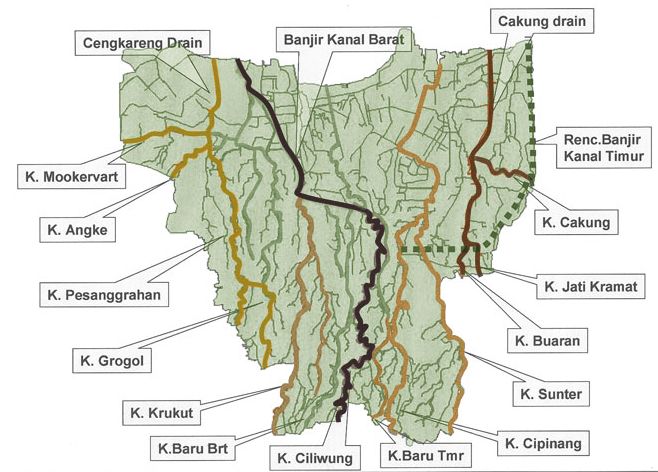
Are capitals “moveable feasts?” Yes. History is filled with examples of capitals moved for new dynasties, new visions, coastal security, and more central political representation. In the future, we may see more relocations of capitals. Here’s three reasons:
EARTHQUAKES AND CAPITAL CITIES: There are other capitals, built on seismic ground, like Kathmandu or Tokyo, that may need to move. Another option, illustrated by Tokyo, might be to build a “spare battery” capital away from shaky ground. Indonesia is also earth-quake prone, located in the volcanic Ring of Fire; choice of a new capital location may require seismic assessment before a site is chosen.
What world capitals are vulnerable to shaky ground? At the time it was built, no one knew that Mexico City was located on ground susceptible to earthquakes. With a population of 20 million, the city is dense. Skyscraper towers can become “unintended object of mass destruction,” according to Michael Floyd of MIT’s Department of Earth, Atmospheric and Planetary Sciences. Loss of a command-and-control center that is a capital city can inhibit and delay disaster response, as seen when on 12 January 2010, Port-au-Prince, Haiti suffered the loss of records, legal documents, land, census data, tax records, and tragic loss of life, during an earthquake that damaged the government building.
RISING SEAS AND COASTAL CAPITALS: Rio de Janeiro, Brazil and Lagos, Nigeria are former capitals that ceded succession to Brasilia and Abuja. Both Rio and Lagos are ports. Many great capital cities were built as ports, among them Jakarta. Now, Indonesia may move its capital. Rising seas will inundate many capitals that also serve as ports.
NEW CAPITAL, NEW VISION: Moving a capital can mean a shift in demographic clout, inviting political power to more central areas of a nation. Jakarta is considering an area of Borneo. Will Mexico City plan a new Distrito Federal perhaps also serving as a regional capital for the Americas?
NEXT STEPS FOR CAPITALS IN EARTHQUAKE ZONES: The massive urban centers that are capitals, even if the government center moves, will still remain vulnerable. Earthquakes will continue: what can be done to preserve and protect cities built on shaky ground?
CAPITAL CITIES IN EARTHQUAKE ZONES
Tokyo, Japan
Mexico City, Mexico
Jakarta, Indonesia
New Delhi, India
Manila, Philippines
Port-au-Prince, Haiti
Kathmandu, Nepal
“The 20 Most Earthquake-Vulnerable Cities.” 4 December 2007. Forbes. https://www.forbes.com/2007/12/04/earthquakes-india-japan-biz-cx_db_1203earthquakes_slide.html/.
Chu, Jennifer. “Seismic gap may be filled by an earthquake near Istanbul.” MIT News. 11 September 2014. http://news.mit.edu/2014/seismic-gap-earthquake-istanbul-0911/.
Davidson, Frank P. and Kathleen Lusk Brooke. “Cities in Danger,” Building the Future, 2012. pages 65-97. University of Massachusetts Boston, Healey Library.
Ergintav, S, R.E. Reilinger, R. Cakmak, M. Floyd, Z. Cakir, U. Dogan, et al. “Istanbul’s earthquake hot spots: Geogetic constraints on strain accumulation along faults in the Marmara seismic gap.” Geophysical Research Letters 41, no. 16 (22 August 2014): 5783-5788.
Building the World Blog by Kathleen Lusk Brooke and Zoe G Quinn is licensed under a Creative Commons Attribution-NonCommercial-NoDerivs 3.0 Unported Licen

